Heavy Breathing

Peregrina's Journey
Peter and Margie Benziger
Thu 28 Jun 2012 05:37
05:13.7N 103:15.7E
HEAVY BREATHING
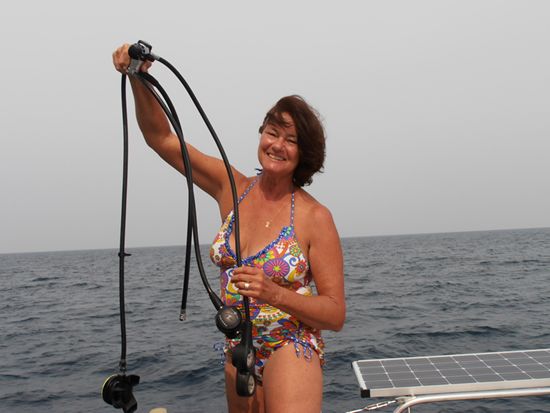
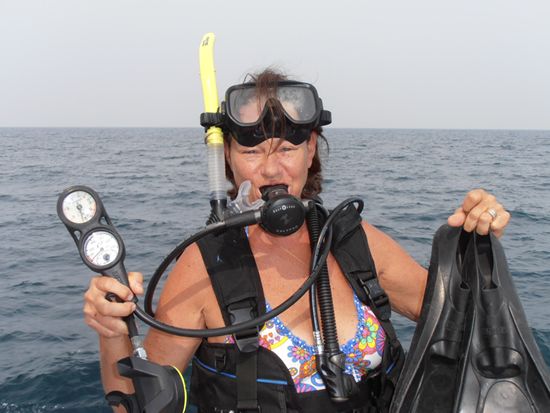
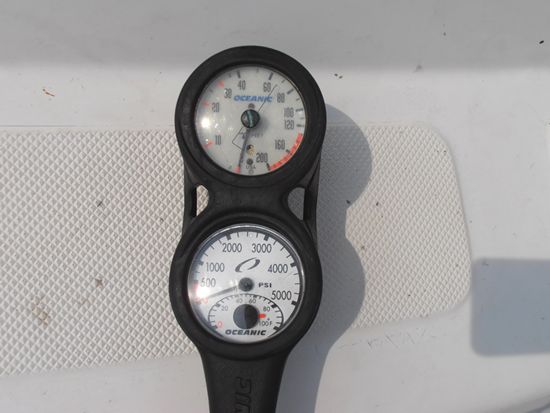
And, then, there’s still the weight belt! This is a wideband nylon belt with five Velcro-ed pockets which hold lead weights between 2-5 pounds.
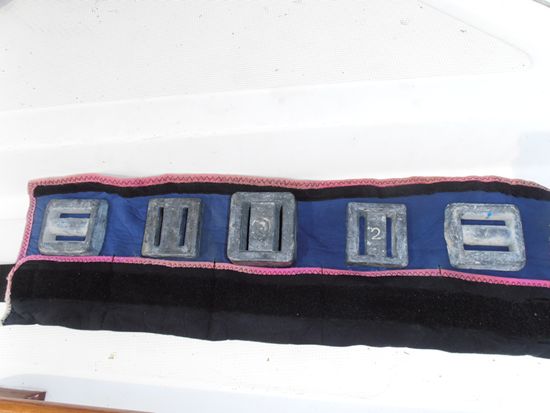
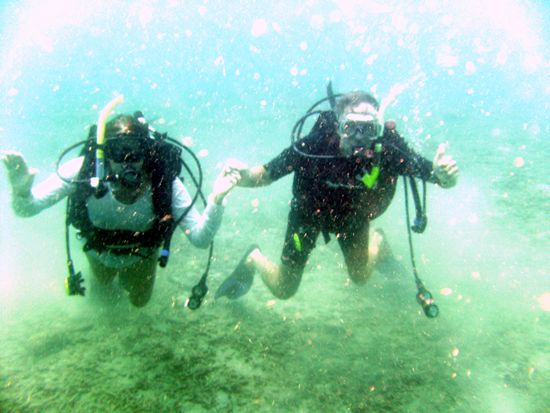
Although I DID figure out recently that you can COUGH when you are diving which, for months, I tried to suppress! Why didn’t they tell me in Scuba School that it was OK to cough? I was sure that I’d blow my mouthpiece off! All that time, I kept swallowing the urge to cough and my throat got scratchier and scratchier until I finally realized (with just a tiny little “ahem”) that it was perfectly fine to clear my throat! Well, that’s me, learning to live on the wildside!
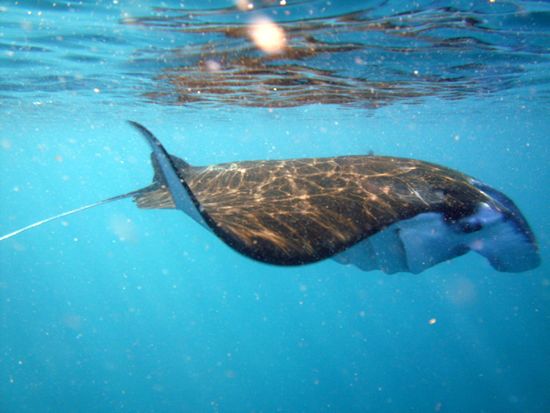
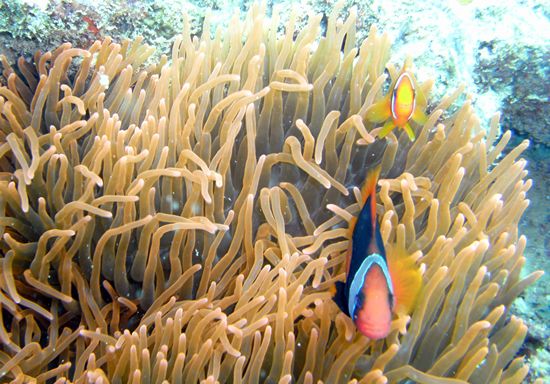
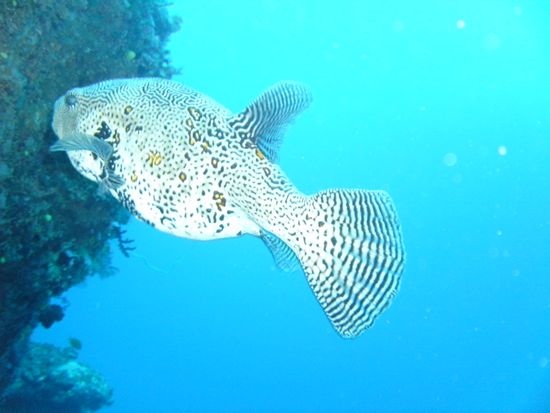
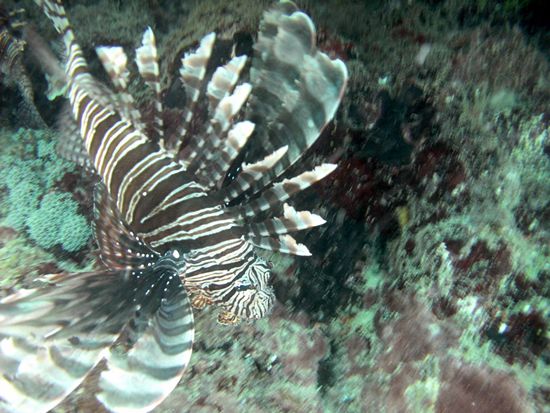
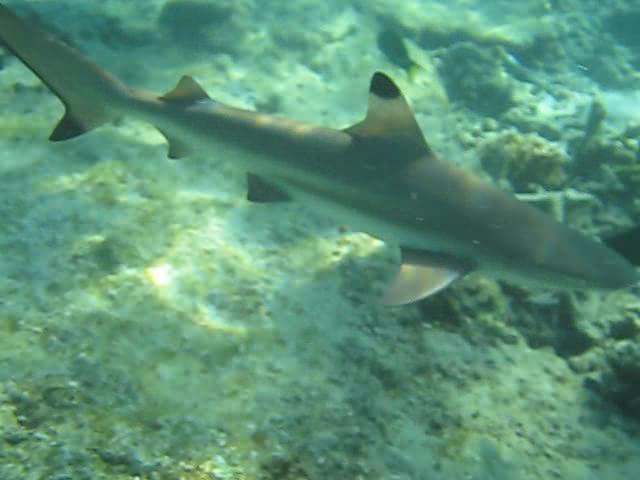
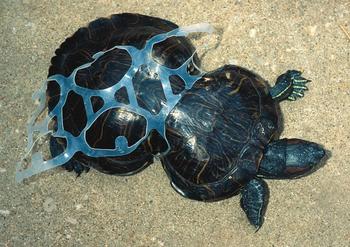
Peregrina continues her
journey along the east coast of Peninsular Malaysia. We stopped at lovely Kapas
Island for a couple nights to enjoy some diving and a fabulous luncheon for the
Sail Malaysia Rally, hosted by the Gem Island Resort, a luxury hotel and
conference center.
I’m getting more comfortable
scuba diving now that we are on the east coast of Malaysia where the water is
absolutely crystal clear. The reefs are
in good shape and the fish are amazing.
We have been diving a couple times a week lately and it gets better and
better.
I’m naturally a little
claustrophobic and, even though it’s a big ocean down there, the concept of
being 40-50 feet underwater (my limit, at this stage) made me more than a
little nervous. I initially got
certified because my job as a travel PR executive brought me in contact with
many travel writers who covered diving.
We would go to these amazing destinations with, what I was told,
INCREDIBLE underwater scenery and marine life and I wasn’t able to experience
it! So, I screwed up my courage and took
a Scuba Course. But, it wasn’t until
Peter and I left on our circumnavigation that I really began to dive with any
regularity.
I’m a high-strung person to
start off with (Stop snickering, Lauren and Amy!) and what gets me rattled
about diving is all the paraphernalia that you have to get sorted out before
you even get into the water! The
regulator (breathing thingy) which looks like an octopus with four hoses coming
out at all angles has to be carefully attached to the tanks.

The tanks have to get
strapped to the BCV (Buoyancy Compensation Vest) and then one of the hoses has
to plug into the vest so that air can be forced in or out depending on whether
you want to go up or down. Of course, there's also the mask and fins...

The two mouthpieces have to
be checked to make sure the oxygen is flowing to the main mouthpiece as well as
the backup. Then, you have to make sure
your dual function pressure gauge/depth meter is registering how much air
pressure you have in the tank so you know when it’s time to surface before you
run out !!!

The depth meter tells you how
deep you are so that you don’t exceed the limits of a No-Decompression Dive -
i.e. going so deep that you have to build in safety stops of 3-5 minutes as you
ascend to avoid contracting “the bends.”
Now, that’s a lovely thought!!!
We actually went into a decompression chamber at a hospital in
Phuket. Talk about claustrophobic! 6-10 hours in one of those iron lungs and I’d
be a raving lunatic!
And, then, there’s still the weight belt! This is a wideband nylon belt with five Velcro-ed pockets which hold lead weights between 2-5 pounds.

It helps keep you down under
once you’ve let all the air out of your buoyancy vest. My skinny friends only need 7-8 pounds to
keep them down. I view the weight belt
as my enemy since it wants to devour 11-12 pounds before it is satisfied enough
to allow me to descend without popping up like a cork out of a bottle of
bubbly! Just getting the damn thing
around my waist (usually done IN the water since it is SO HEAVY!) is awkward
and exhausting enough to make me want to give up before I even get started! I try to tell Peter that I’m just “naturally
buoyant” but he’s not buying any of that!
So, by the time, I’ve got on
all the equipment …I’m flustered and panting like a St. Bernard!
I need a few minutes hanging
onto the side of the dinghy just figuring out where all the various hoses are
floating around me and trying to calm down.
Peter does a great job at this juncture setting my mind at ease by
tucking my pressure gauge/depth meter inside my vest so I can reach it easily,
clipping on my back-up mouthpiece so it doesn’t float too far away from my
grasp and doing his famous Robert DiNero “I’m Watching You” impression as we deflate
our buoyancy vests and descend gently under the surface of the water.
The first few times we dived,
I held on so tightly to his hand, he had no circulation left by the time we
surfaced. I’m much better now and we can
swim on our own for quite awhile – me in front and usually in 30-50 feet of
water. He follows closely behind but
occasionally diving down to 60-65 feet to examine something more closely. These
underwater shots of us and the fish were taken by our friend Wendy Squirrell
from Cop Out who was on a dive with us.

Once I’m down-below it really
IS another world and, as I feel myself relaxing and taking it slowly, I want to break into my best Ariel impersonation
and start singing “Under the Sea” from The Little Mermaid! But, then again, singing isn’t really an
option with a mouthpiece…
Although I DID figure out recently that you can COUGH when you are diving which, for months, I tried to suppress! Why didn’t they tell me in Scuba School that it was OK to cough? I was sure that I’d blow my mouthpiece off! All that time, I kept swallowing the urge to cough and my throat got scratchier and scratchier until I finally realized (with just a tiny little “ahem”) that it was perfectly fine to clear my throat! Well, that’s me, learning to live on the wildside!
Speaking of wildlife…we’ve
seen the most beautiful marine creatures imaginable…moray eels in their caves,
manta rays with their broad, graceful fins, beautiful parrot fish munching
algae along the reef and little clown fish hiding amongst the coral. Angel fish, trumpet fish and all sorts of
wrasse along with the occasional turtle or a black tipped shark!




Our friend, Jo from Brother Wind had a TOO-Close-Encounter
with a mother shark the other day while snorkeling when she inadvertently got
in-between the mom and her baby! The
mother made what Jo considered a not-so-friendly frontal approach and Jo pretty
much “walked on water” back to her boat.
Luckily, the mother didn’t pursue the matter further and this was a good
lesson for all of us whether snorkeling or diving. Make sure you are aware of your surroundings
and remember that mothers around the world AND under the sea will stop at
nothing to protect their children!

On the other hand, we see
examples of how the family of man is NOT protecting the environment all the time
in our scuba safaris. Floating debris on
top of and beneath the surface of the water is killing marine life at an
alarming rate. Plastics, mistaken for
food, or inadvertently, tangled in the fins, body or feet of fish or mammals lead
to agonizingly slow deaths.

What’s more, illegal or
unregulated fishing techniques and/or chemical run-off are killing off the
reefs. Please…do what you can to protect
our marine environment! Write your
Congressman! Donate your time or money
to “Save the Planet!” It’s a slogan that
is more urgent now than it was back in the 70’s when we first cut our teeth on
“going green.” If we don’t watch out, it
will be going, going, gone…
Anyway, I just thought you’d
like to see one of our favorite activities while living aboard Peregrina. It’s something that I feel very proud of
considering my initial fears and it’s one of the nicest ways that Peter and I
can spend time together exploring the amazing world beneath the surface of the
ocean.